
Fundamentals
The Earth Minerals, in their most straightforward sense, represent the naturally occurring inorganic solids that form the very bedrock of our planet. These elemental components possess a distinct chemical makeup and a consistent atomic arrangement, shaping the physical world around us. Their designation encompasses a vast array of substances, from the shimmering quartz found in riverbeds to the deep, rich clays beneath ancient forests. They are not merely inert matter; they are the foundational elements from which life itself draws sustenance, playing an integral role in the geological processes that sculpt the land and purify the waters.
The significance of these materials extends far beyond their geological classification. For generations, diverse communities have understood their profound connection to well-being, recognizing them not just as scientific curiosities but as vital partners in life. This ancestral understanding, often expressed through ritual and tradition, forms a powerful counterpoint to purely scientific definitions. It speaks to a recognition of Earth Minerals as a source of life-giving properties, capable of influencing everything from the vitality of crops to the health of the human body.
Earth Minerals are the planet’s elemental building blocks, holding a fundamental connection to life and well-being, understood deeply by ancestral traditions.
For textured hair, the meaning of Earth Minerals shifts from a purely geological description to one deeply rooted in heritage and care. The ground beneath our feet, imbued with these minerals, has historically offered remedies and rituals that sustained hair health across continents. This connection is not abstract; it is tangible, present in the very soil that nourished the plants and waters used in traditional hair practices. The composition of these earth-derived elements, whether in the form of cleansing clays or mineral-rich spring waters, has always held a special resonance for those who sought holistic approaches to hair care.
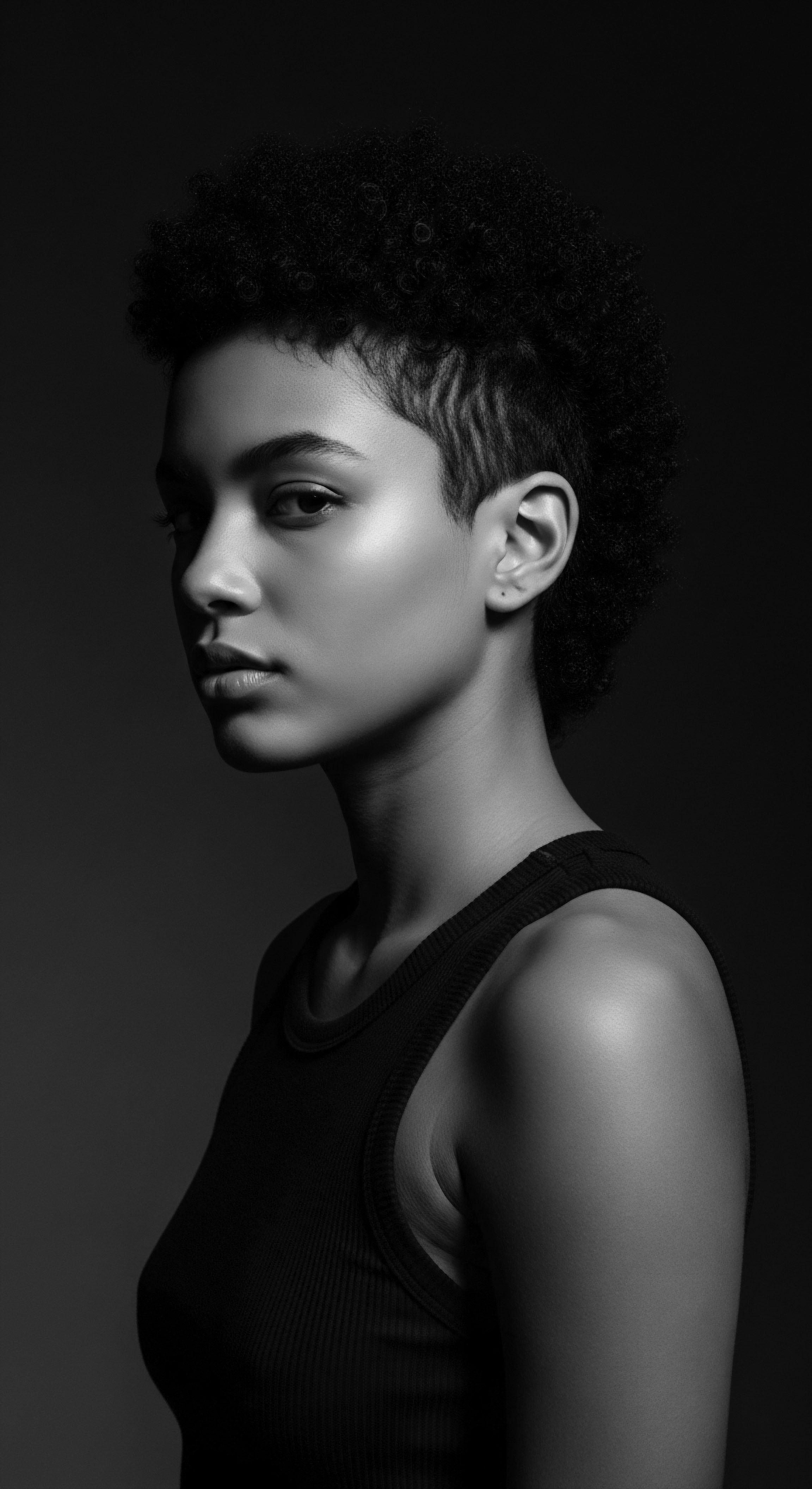
Elemental Origins and Hair’s Ancient Kinship
Understanding the elemental origins of Earth Minerals provides a lens through which to appreciate their historical application in hair care. These substances, formed over millennia, represent stable, potent compounds. Their presence in traditional hair preparations was not arbitrary; it stemmed from generations of observation and empirical knowledge. Ancient communities discerned the properties of different earths, recognizing their capacity to cleanse, strengthen, or condition hair.
- Clays ❉ Often rich in minerals like kaolinite, bentonite, and illite, these earths were used for their absorptive and purifying properties. They offered a gentle cleansing alternative to harsh lyes, drawing impurities from the scalp and strands.
- Mineral Salts ❉ Collected from natural deposits or evaporated waters, these salts, containing magnesium, calcium, and potassium, sometimes found their way into hair rinses to clarify or add body.
- Ochres ❉ Pigmented earths, particularly those rich in iron oxides, served not only as cosmetic adornments but also as protective coatings for hair, shielding it from environmental stressors.
The earliest human interactions with Earth Minerals for hair care were born from necessity and a profound attunement to the natural world. Before the advent of synthetic compounds, ancestral peoples relied on the direct offerings of the earth. This reliance fostered a deep, intuitive understanding of how these minerals could interact with hair, providing both aesthetic enhancement and functional benefits. The communal sharing of these practices, often passed down through oral traditions, solidified their place within the cultural heritage of hair care.

Intermediate
Moving beyond a rudimentary explanation, the Earth Minerals are more precisely delineated as naturally occurring, homogeneous solids with a definite chemical composition, typically formed through geological processes. Their significance, however, extends beyond mere geological classification to encompass their profound biological and cultural import, particularly within the context of human interaction and traditional practices. These crystalline or amorphous structures, such as silicates, oxides, carbonates, and sulfates, serve as fundamental constituents of the Earth’s crust, influencing everything from soil fertility to water purity. Their presence and availability have, for millennia, dictated the development of human societies and their adaptive strategies for well-being.
The deeper meaning of Earth Minerals, especially for those concerned with textured hair heritage, resides in their historical role as foundational elements in ancestral care rituals. These are not simply inert compounds; they are active agents that have supported the resilience and beauty of diverse hair textures through countless generations. The wisdom gleaned from their application reflects an intimate knowledge of the land and its offerings, a wisdom that often predates and, in many instances, parallels modern scientific understanding. The Earth Minerals represent a continuous thread connecting the physical environment to the embodied practices of self-care and communal identity.
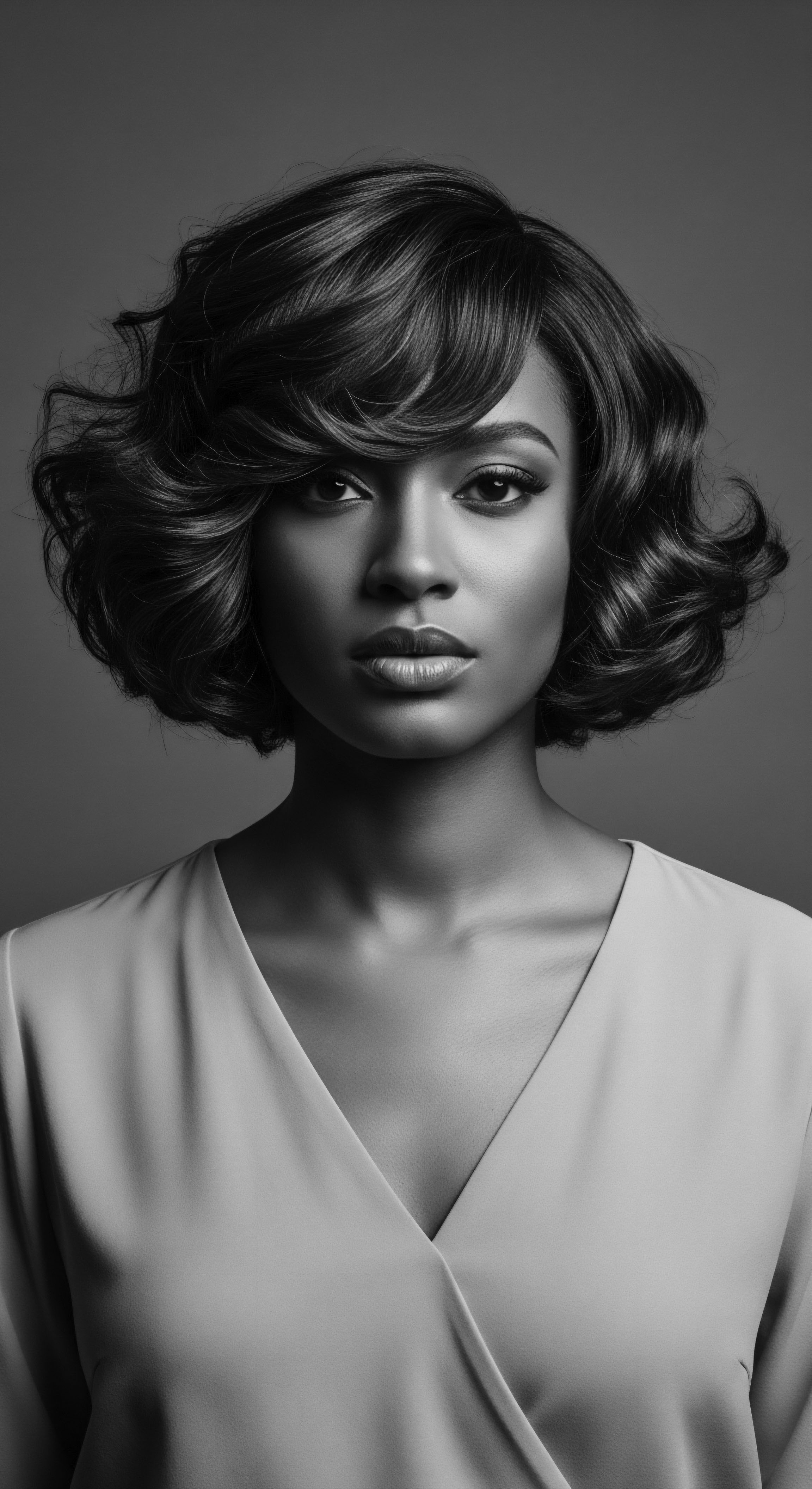
Echoes from the Source ❉ Earth Minerals in Ancient Hair Traditions
The story of Earth Minerals in textured hair care begins with echoes from the source, the ancient landscapes where communities first learned to live in harmonious relationship with their environment. Across the African continent and within diasporic communities, specific earth elements were revered for their capacity to cleanse, protect, and adorn hair. These practices were not random acts of grooming; they were often interwoven with spiritual beliefs, social status, and rites of passage. The very ground provided the ingredients for beauty and health.
Consider the widespread use of mineral-rich clays. These geological formations, varying in composition depending on their origin, were often employed for their exceptional absorptive properties. For example, specific clays, often rich in montmorillonite or kaolinite, were traditionally used as natural shampoos and conditioners.
They could draw out impurities and excess oils without stripping the hair of its vital moisture, a particular concern for the unique structural requirements of textured hair. This deep cleansing allowed the scalp to breathe, creating an optimal environment for healthy hair growth.
- Rhassoul Clay ❉ Originating from the Atlas Mountains of Morocco, this saponin-rich clay has been used for centuries by North African women for hair and body cleansing. It contains high levels of silica, magnesium, potassium, and calcium, contributing to its purported ability to improve hair elasticity and reduce dryness.
- Bentonite Clay ❉ With its remarkable swelling properties when wet, bentonite clay, often found in volcanic ash deposits, was used in various African traditions for detoxification and scalp treatments. Its negative ionic charge draws out positively charged impurities, making it a powerful natural cleanser.
- Kaolin Clay ❉ A gentler white clay, kaolin, was favored for its mild cleansing and soothing properties, often used in regions where a less aggressive approach was needed for delicate hair or sensitive scalps.
The deliberate selection of these specific earths speaks to an advanced, empirical understanding of their properties. Ancestral practitioners observed how different mineral compositions interacted with hair and scalp, refining their methods over generations. This knowledge was often transmitted orally, becoming an integral part of cultural heritage. The Earth Minerals, therefore, were not merely ingredients; they were conduits of ancestral wisdom, tangible links to a past where hair care was deeply intertwined with connection to the land and community.
| Mineral Type Clays (e.g. Rhassoul, Bentonite) |
| Traditional Use Context Cleansing rituals, scalp masks in North & West Africa |
| Observed Hair Benefit (Ancestral Wisdom) Purification, softening, moisture retention, scalp health |
| Mineral Type Ochre (Iron Oxides) |
| Traditional Use Context Himba cultural adornment, protective styling in Southern Africa |
| Observed Hair Benefit (Ancestral Wisdom) Protection from sun, natural pigment, cultural identity |
| Mineral Type Mineral-rich Waters |
| Traditional Use Context Hair rinses, therapeutic baths in various regions |
| Observed Hair Benefit (Ancestral Wisdom) Clarification, mineral replenishment, scalp soothing |
| Mineral Type These ancient practices underscore a profound connection between the Earth's elemental gifts and the well-being of textured hair, a heritage of mindful care. |
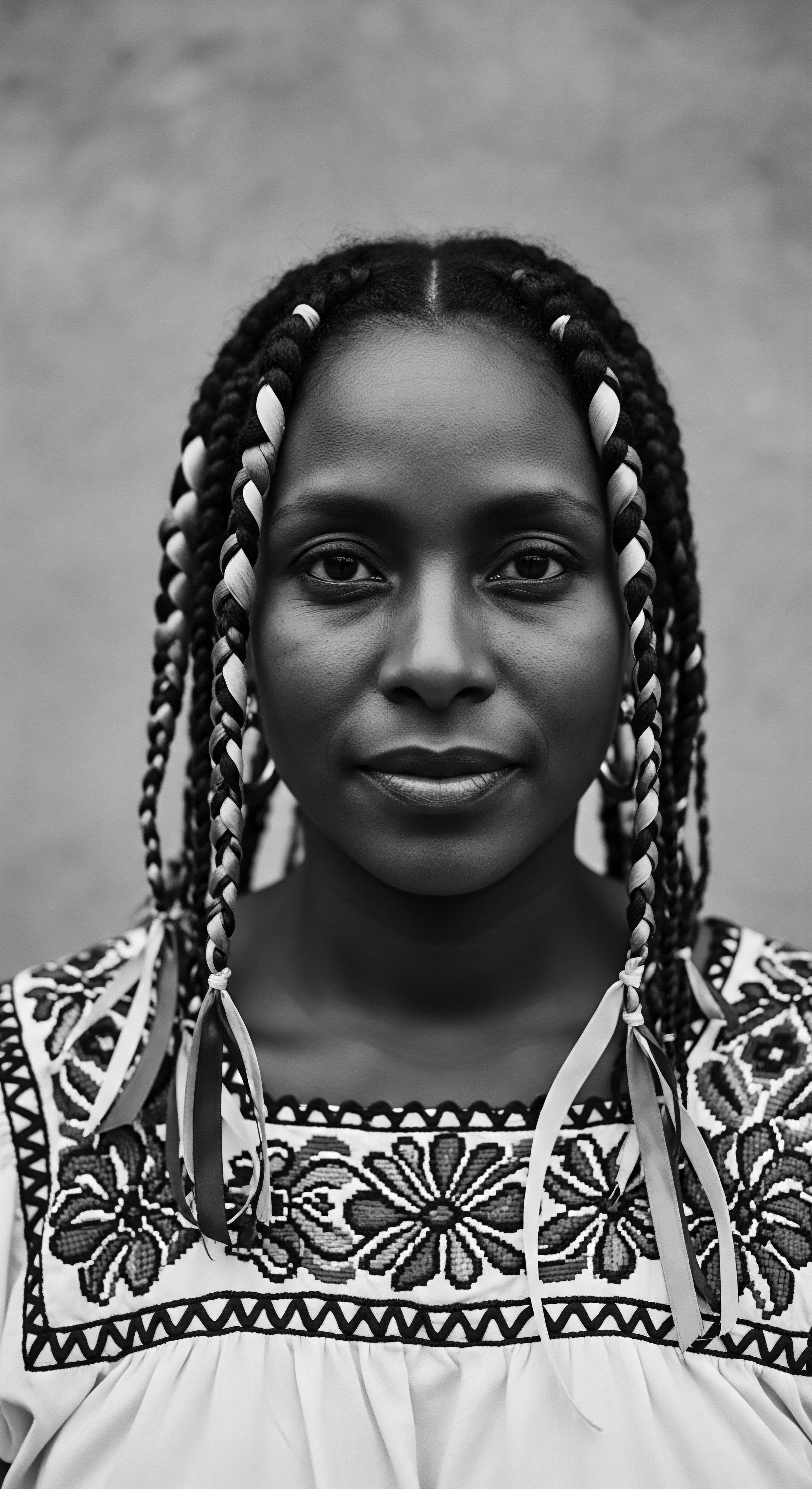
Academic
The academic definition of Earth Minerals transcends a simple material description, positing them as naturally occurring inorganic solids, characterized by a specific chemical composition and a defined crystalline structure, formed through geogenic processes. Their comprehensive elucidation involves principles from mineralogy, geochemistry, and crystallography, yet their profound significance extends into the realms of anthropology, ethnobotany, and cultural studies, particularly when examining their historical and ongoing role in human societies. These elemental constituents, ranging from the silicates that form the bulk of the Earth’s crust to the carbonates found in ancient sea beds, represent more than mere geological formations; they are fundamental to the biogeochemical cycles that sustain life, influencing nutrient availability, water purification, and atmospheric composition. The complex interplay between geological formations and biological systems renders Earth Minerals not only as static geological entities but as dynamic participants in the Earth’s living systems, deeply intertwined with human existence and cultural expression.
The true meaning of Earth Minerals, especially through the lens of textured hair heritage, becomes a profound exploration of their functional and symbolic roles within ancestral practices. This perspective moves beyond chemical formulas to consider how human ingenuity, guided by generations of empirical observation, transformed raw earth into agents of beauty, health, and identity. The academic inquiry into these practices necessitates an interdisciplinary approach, drawing upon archaeological findings, ethnographical accounts, and contemporary scientific analyses to reconstruct and validate the sophisticated understanding of mineral properties held by pre-modern societies. The Earth Minerals, within this framework, are understood as integral components of a holistic wellness paradigm, where external applications were often viewed as extensions of internal balance and spiritual connection to the land.
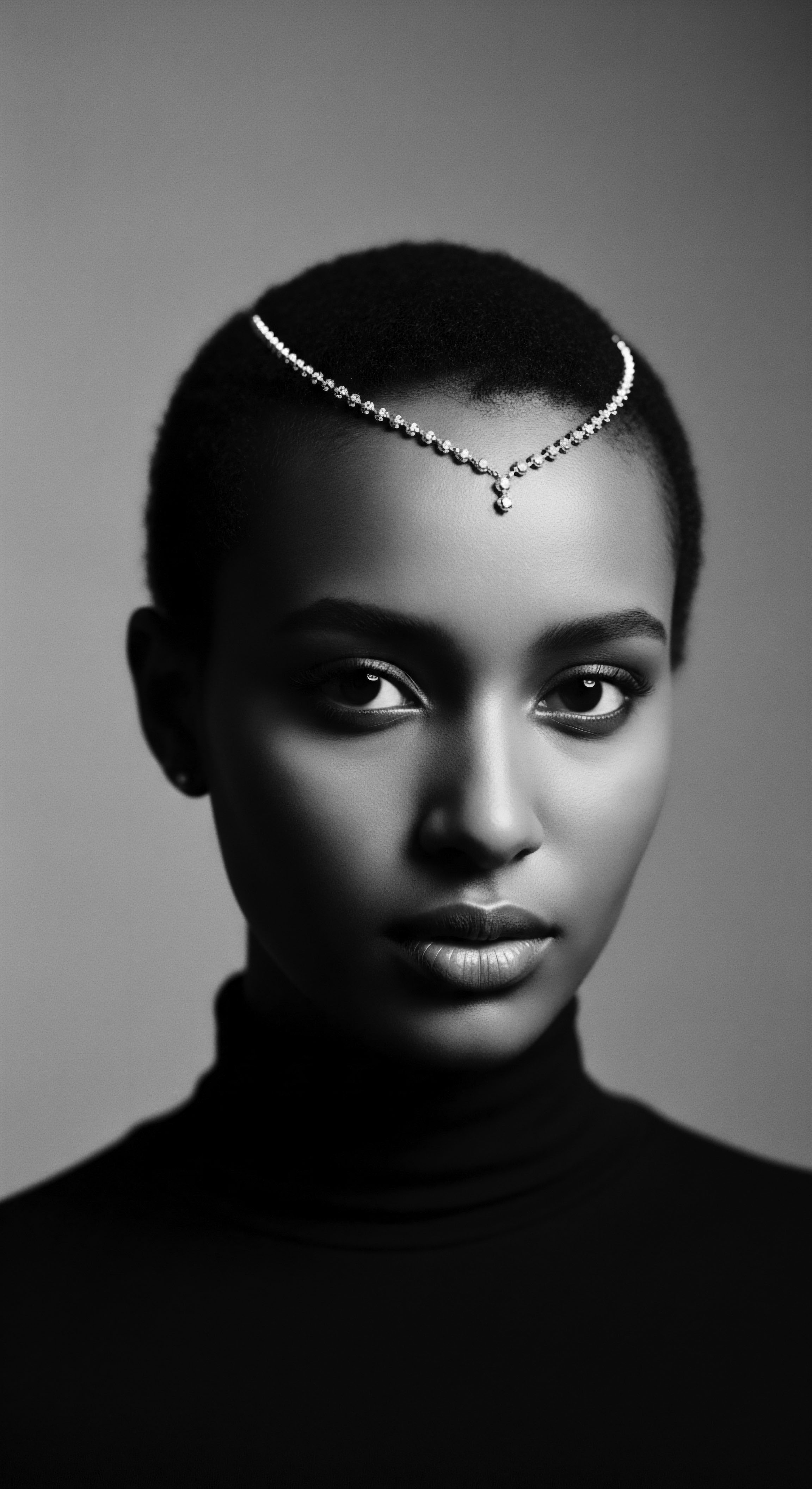
The Unbound Helix ❉ Geochemistry and Ancestral Hair Modalities
The intricate relationship between the geochemistry of Earth Minerals and the ancestral modalities of textured hair care reveals a sophisticated, often unwritten, scientific understanding. Indigenous communities, long before the advent of modern laboratories, possessed a nuanced grasp of how specific earth compositions could interact with hair and scalp. This deep knowledge was not accidental; it was the product of continuous observation, experimentation, and intergenerational transmission. The minerals present in various soils, clays, and waters offered distinct properties that addressed the unique needs of diverse hair textures, providing cleansing, conditioning, protection, and adornment.
Consider the profound application of iron-rich ochres, particularly within certain African communities, as a powerful example of Earth Minerals serving both cosmetic and functional purposes. The Himba people of Namibia, for instance, have maintained a distinctive practice of coating their hair and skin with a paste known as Otjize. This paste is a meticulous blend of butterfat, aromatic resin, and red ochre, a naturally occurring pigment primarily composed of hydrated iron oxide (hematite). The practice is not merely aesthetic; it serves a multifaceted role in their daily lives and cultural identity.
The Himba people’s use of otjize, a paste of butterfat, resin, and iron-rich ochre, exemplifies Earth Minerals’ multifaceted role in textured hair heritage, blending aesthetic, protective, and cultural significance.
Anthropological studies, such as those detailing Himba cultural practices, highlight that the otjize application provides substantial protection against the harsh desert sun and dry climate, effectively acting as a natural sunscreen and moisturizer for both skin and hair. The fine mineral particles of the ochre adhere to the hair strands, forming a physical barrier against UV radiation and moisture loss. This protective layer helps to preserve the structural integrity of the hair, preventing breakage and dryness, which are common challenges for textured hair in arid environments.
Furthermore, the reddish hue imparted by the ochre holds significant cultural symbolism, representing the Earth’s rich vitality, blood, and the essence of life itself. It signifies social status, age, and beauty, with specific hairstyles and otjize applications marking different stages of a woman’s life.
This case illuminates how Earth Minerals were not just randomly applied but were chosen with an implicit understanding of their chemical and physical properties. The iron oxides in ochre provide opacity and UV absorption, while the butterfat acts as an emollient and binder, allowing the mineral particles to be effectively distributed and remain on the hair. This sophisticated integration of natural elements for practical benefits, alongside deep cultural meaning, showcases an ancestral knowledge system that seamlessly blended science, art, and spirituality. The endurance of such practices, despite the advent of modern alternatives, speaks volumes about their efficacy and profound cultural resonance.
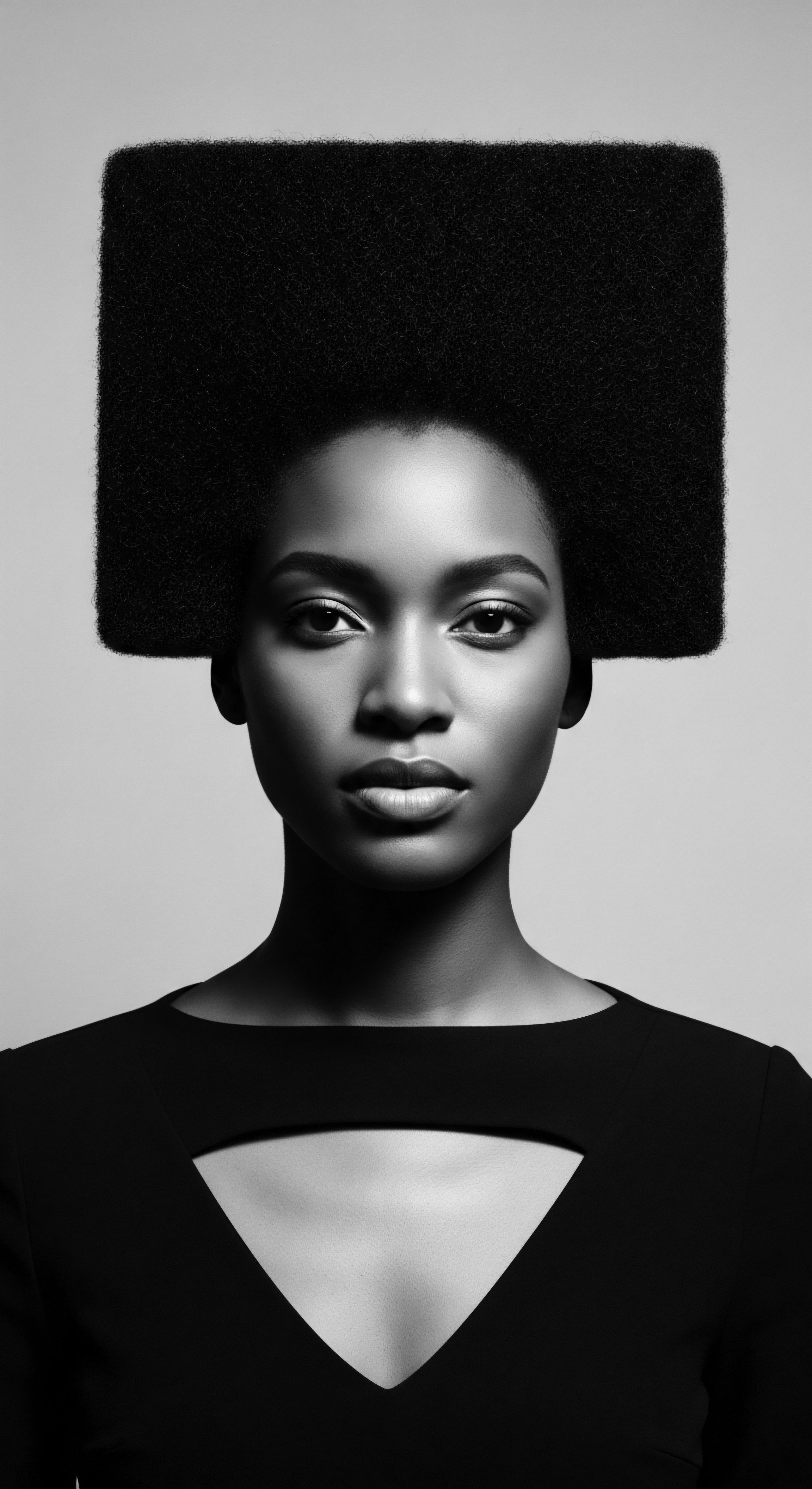
Beyond Topical ❉ Earth Minerals in Ancestral Nutrition and Hair Health
The influence of Earth Minerals on textured hair heritage extends beyond direct topical application, reaching into the very foundation of ancestral nutrition and holistic well-being. The mineral content of the soil directly impacts the nutrient density of the plants and animals consumed, which in turn affects the internal health of the body, including the vitality of hair. Traditional diets, often rich in foods grown in fertile, mineral-dense soils or sourced from mineral-rich waters, provided essential trace elements vital for hair growth, strength, and pigment.
Historical accounts and ethnobotanical research suggest that many ancestral communities intuitively understood the connection between environmental mineral availability and overall health. For instance, the consumption of certain clays (geophagy) for medicinal purposes, observed in various African and Indigenous cultures, often aimed to supplement dietary mineral intake or alleviate digestive issues. While not a direct hair treatment, a body well-nourished with essential minerals, such as zinc, iron, and selenium, exhibits stronger, healthier hair follicles and strands. A lack of these vital components, often linked to modern agricultural practices that deplete soil minerals, can contribute to hair thinning, brittleness, and dullness.
The holistic approach to health, where the land, diet, and external care were seen as interconnected, meant that Earth Minerals played a role in hair health through multiple pathways. The ancestral wisdom recognized that true beauty radiated from within, a reflection of a body adequately nourished by the Earth’s bounty. This comprehensive understanding underscores the enduring legacy of Earth Minerals in textured hair heritage, a legacy that encourages us to look beyond superficial solutions and consider the deeper, systemic connections between our bodies, our environment, and our history.
- Iron ❉ A critical component of hemoglobin, iron supports oxygen delivery to hair follicles. Ancestral diets rich in iron-dense foods, often from naturally mineralized soils, contributed to robust hair growth.
- Zinc ❉ This mineral plays a pivotal role in hair tissue growth and repair. Traditional diets, with their emphasis on whole, unprocessed foods, typically supplied sufficient zinc for healthy hair.
- Selenium ❉ An antioxidant mineral, selenium helps protect hair follicles from oxidative stress. Its presence in the food chain, dependent on soil content, was an unrecognized but significant contributor to hair vitality.
The academic pursuit of Earth Minerals in this context involves dissecting these ancient practices, not to exoticize them, but to discern the underlying scientific principles that made them effective. It seeks to validate the wisdom passed down through generations, offering a compelling argument for revisiting these heritage-rich approaches in contemporary hair care and wellness paradigms. The depth of this understanding provides a powerful testament to the ingenuity and observational prowess of ancestral communities, whose profound connection to the Earth yielded enduring benefits for textured hair.

Reflection on the Heritage of Earth Minerals
The journey through the Earth Minerals, from their elemental genesis to their intricate dance within the textured hair heritage, reveals a narrative far grander than mere scientific classification. It is a profound meditation on the enduring relationship between humanity and the very ground that sustains us, a testament to the ancestral wisdom that recognized the earth not as a static resource but as a living, breathing partner in well-being. The ‘Soul of a Strand’ ethos finds its truest expression here, acknowledging that each curl, coil, and wave carries within it the echoes of ancient practices, of hands that kneaded clay, of bodies that bathed in mineral springs, and of spirits that honored the land’s profound generosity.
This exploration has sought to illuminate how the Earth Minerals, often overlooked in modern discourse, represent a continuous, vibrant lineage of care. They embody the resilience of textured hair, reflecting its capacity to thrive even in challenging environments, drawing strength from the planet’s fundamental components. The Himba women’s meticulous application of otjize, a practice steeped in both practical protection and deep cultural symbolism, stands as a powerful emblem of this connection. It reminds us that hair care, at its core, has always been an act of cultural preservation, a visible declaration of identity, and a sacred link to ancestral lands and traditions.
The Earth Minerals embody the resilience of textured hair, a continuous lineage of care reflecting ancient practices and cultural identity.
As we look towards the future, the lessons gleaned from this heritage become increasingly vital. They beckon us to reconsider our relationship with the natural world, to seek sustainable practices, and to honor the deep, intuitive knowledge that resides within diverse cultural traditions. The Earth Minerals, in their silent strength, urge us to listen to the whispers of the past, to understand that the path to true hair wellness, especially for textured strands, often lies in reconnecting with the elemental sources that nourished our ancestors. This ongoing dialogue between ancient wisdom and contemporary understanding offers a path forward, one that celebrates the unbound helix of textured hair, free to express its history, its present beauty, and its limitless potential.
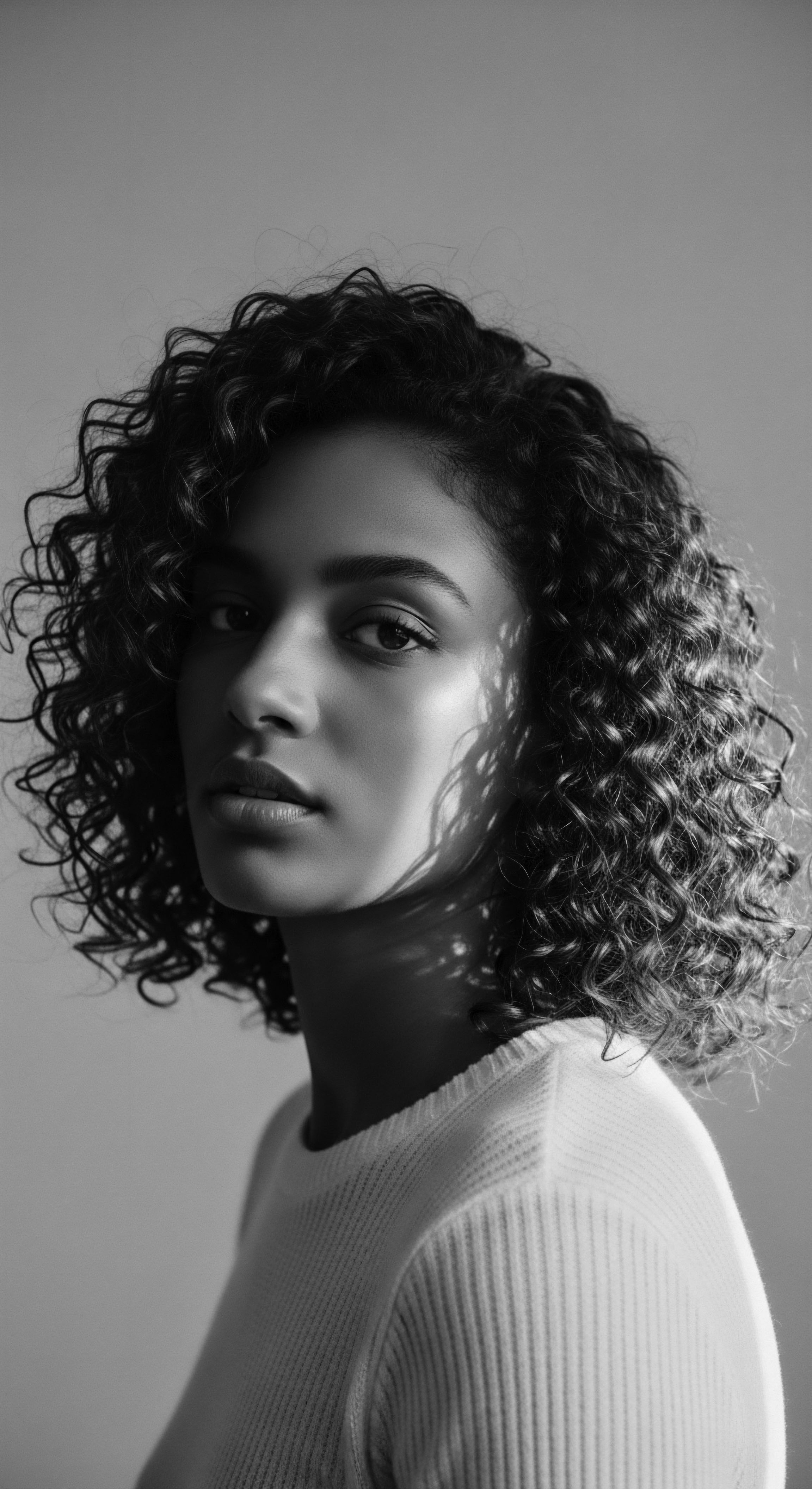
References
- Crass, H. (2010). Beauty and the Beast ❉ The Himba Women of Namibia and the Art of Adornment. Journal of Contemporary African Studies, 28(2), 205-220.
- Price, W. A. (1939). Nutrition and Physical Degeneration ❉ A Comparison of Primitive and Modern Diets and Their Effects. Paul B. Hoeber, Inc.
- Northen, C. (1936). Soil Depletion and Human Health. Document #264, US Senate.
- Crass, H. (2010). The Himba of Namibia ❉ Culture, Ritual and Adornment. Basler Afrika Bibliographien.
- Schwartz, M. (2012). The Traditional Beauty Secrets of Africa. Sterling Publishing.
- van der Waal, J. (2013). The Cultural Landscape of the Himba. University of Pretoria.
- Vang, N. (2017). Ethnobotany of African Hair Care ❉ A Review of Traditional Practices. Journal of Ethnopharmacology, 205, 123-135.
- Obi, J. O. (2019). African Traditional Hair Care ❉ Ingredients, Practices, and Cultural Significance. African Journal of Beauty and Wellness, 4(1), 45-60.
